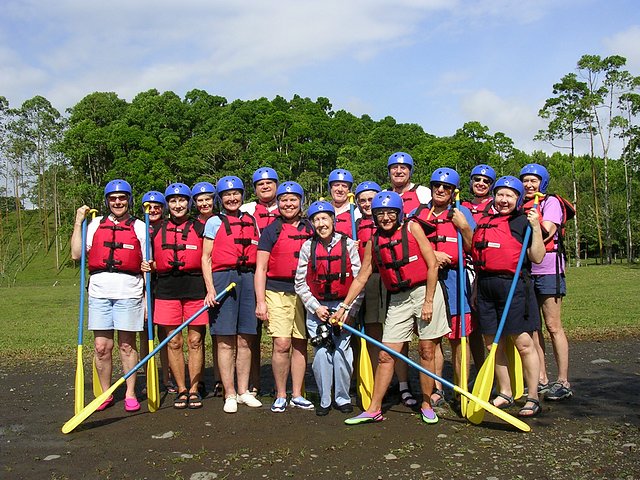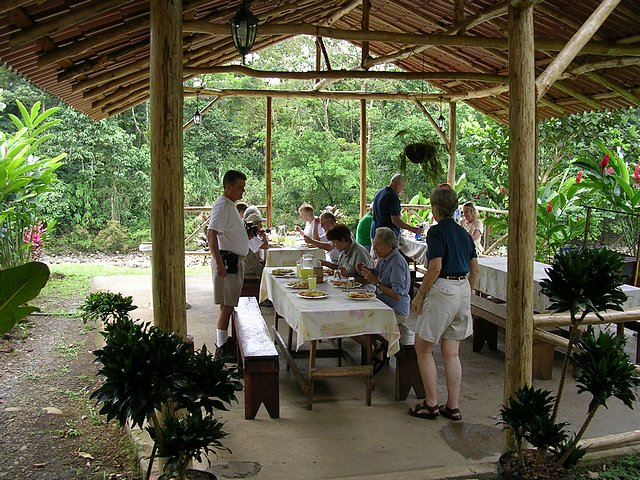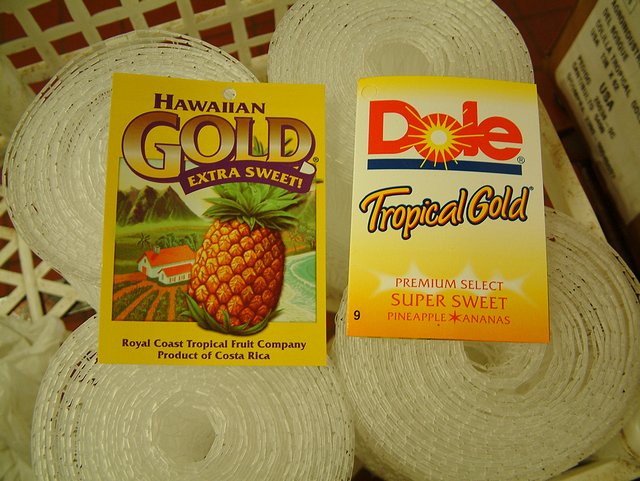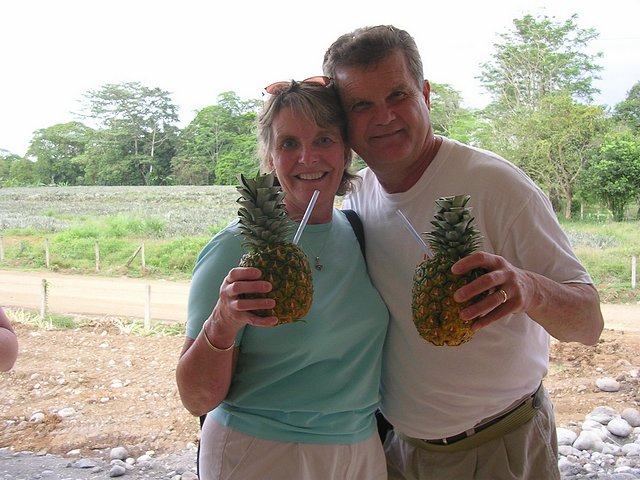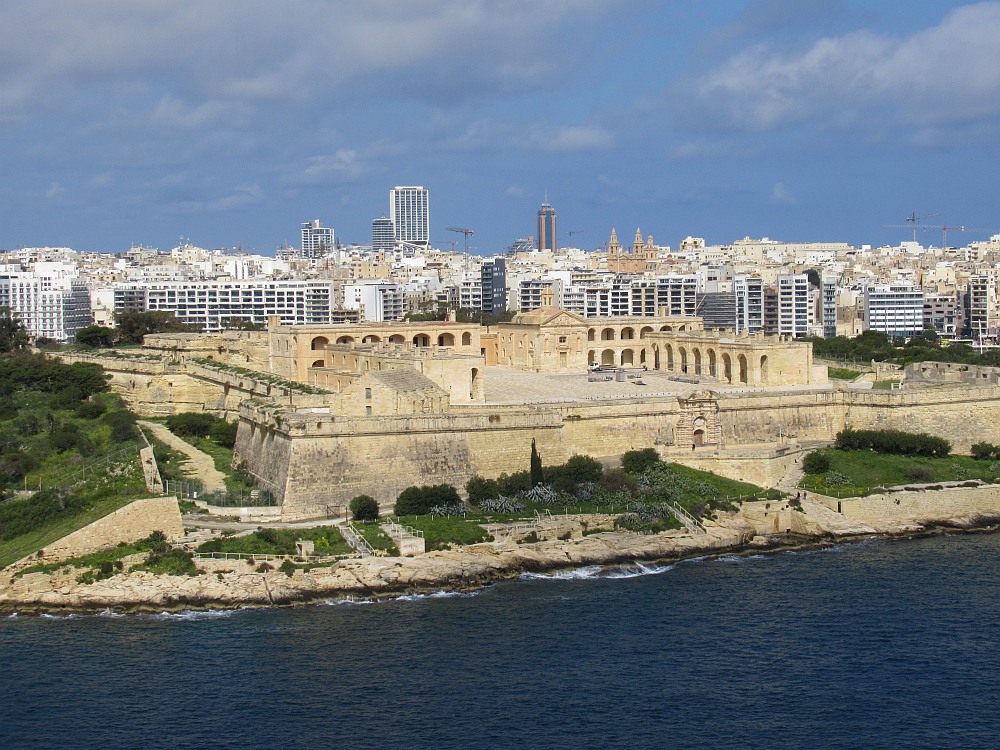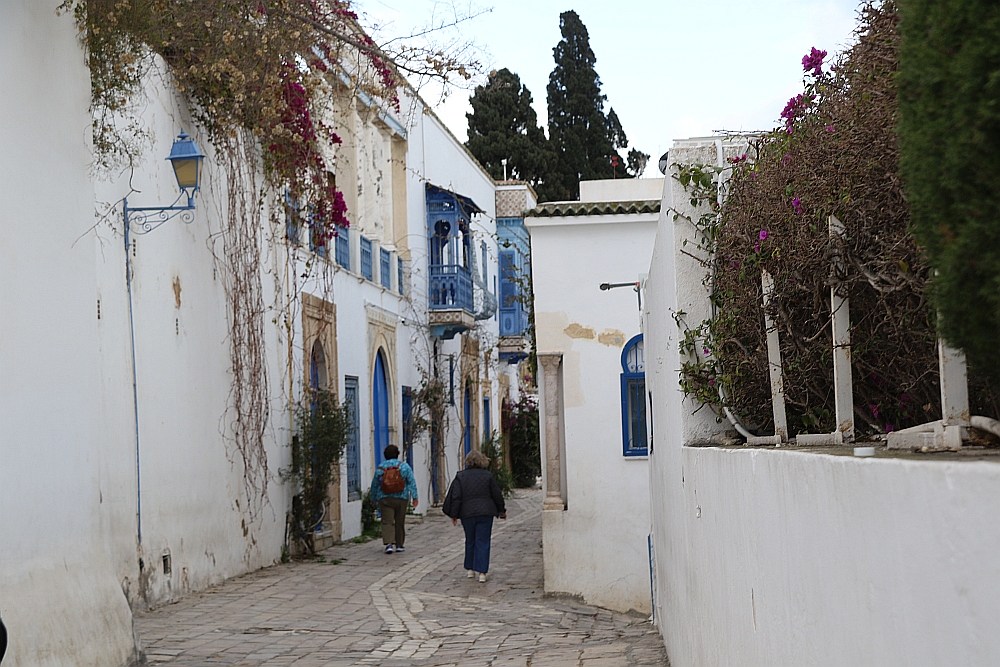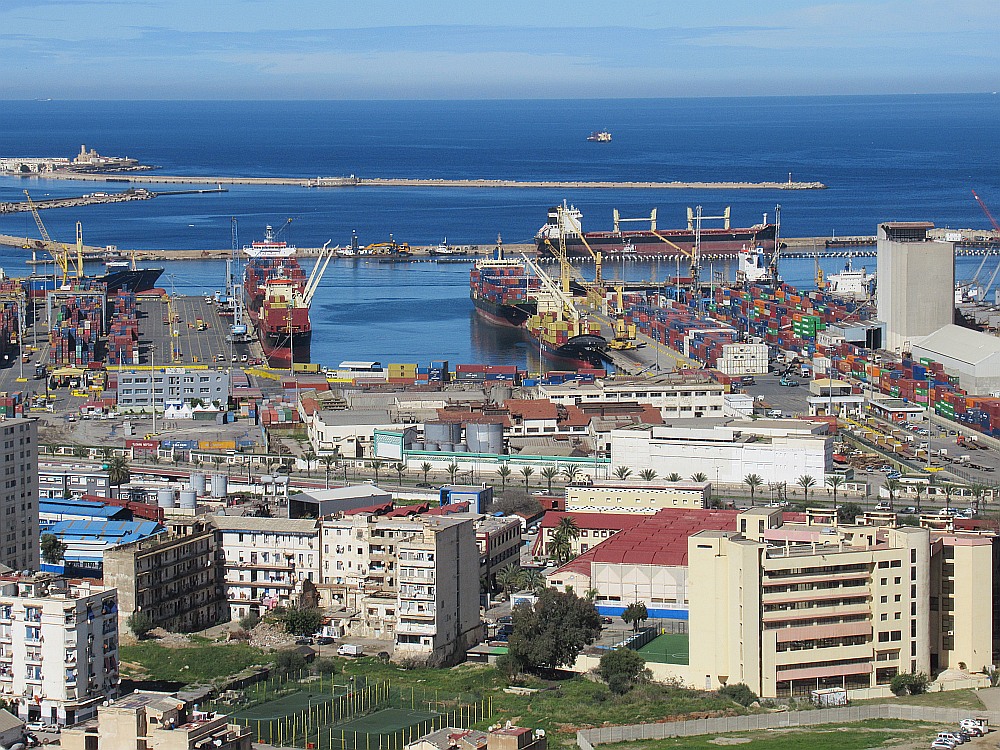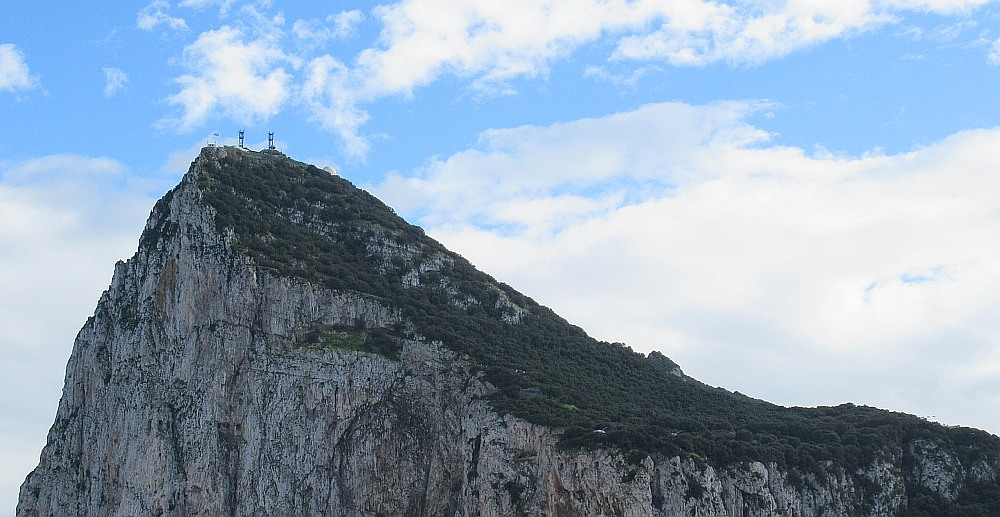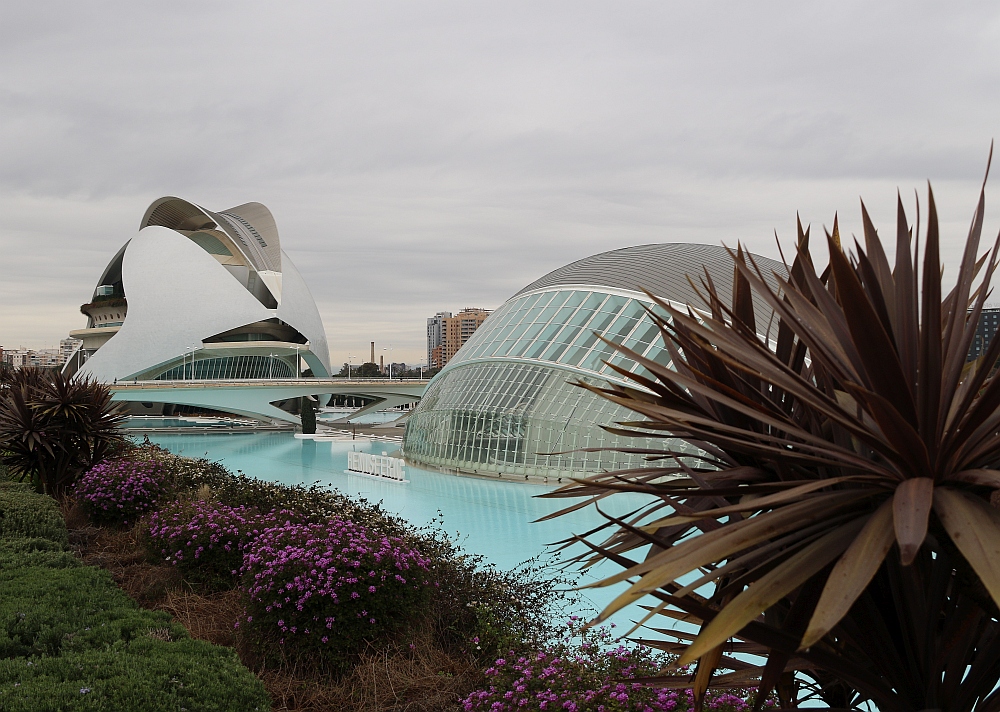Affordable Costa Rica Day 3
Affordable Costa Rica
DAY 3 - March 16, 2005
Explore the Río Sarapiquí: River Rafting & Nighttime Bat Tour
This morning the alarm went off at 5:30 for us to meet the group to discover Costa Rica's abundant bird life in the stillness of dawn. As I looked out I saw the rain and decided to not do it. Ten other members did go out but did not see too many birds but were able to see the Poison Dart Frog - tiny. At 6:15 Gennie and I were up and showering. We met the group at the dining room but I went to send out the yesterday's journal. We had found out yesterday that they closed the front desk at 8 PM. They got the Dell Laptop started, logged into the dial up service they use and I was able to check my mail and then send out the journal. This was a very old machine still using Windows 98. When I was done I went to have breakfast, mostly fruit and coffee for me. Gennie and I returned to our room, put on our bathing sits and by 8:30 we were ready for day's first adventure.
We drove for about 15 minutes to the Río Sarapiquí where we met the Aguas Bravas Whitewater Rafting group. We were all outfitted with life vests, helmets and then given instructions on how to be part of a rafting team. Gennie, Karla, Jackie, Mary and I were in Herman's craft. We went through several easy rapids and then hit some much more active ones.
Flowing to the sea, the Sarapiqui is one of several rivers that drain the lands of the Cordillera Central, or central highlands. To give you some idea of the Sarapiqui/Braulio Carillo area's significance, the La Selva Biological Station governs and protects much of the land, which varies in altitude from 112 to 9,500 feet. Such altitudinal variation is a big reason so many migratory birds congregate in the region - more than 300 species of them at last count. We were able to see a green iguana close up, Jesus Christ Lizard, two toed sloths, howler monkeys, several kinds of cranes, kingfishers, an osprey and many smaller birds. It was a good morning for visiting Mother Nature .
Our rafting guides were full-time professionals, with years of experience and a terrific ability to create a fun and safe experience for everyone, from hesitant beginners to seasoned veterans.
The river passed through both jungle and pasture lands. The rapids were varied; most were Class II and III in the International Class I-VI River Rating System. The guides had a great sense of humor and were able to see the flora and fauna and point these out to us as we passed by. We stopped mid-point on the 11 KM expedition and went to shore, where some of us swam and others looked for fauna. Some of the river's edge settlers came out to see us and enjoy the spectacle of Americans playing tourists. We stopped once more where two of the guides went into the jungle and brought to us a commander and poison dart frogs. They are so small but beautiful and deadly!
From our landing spot, the bus picked us up and we were driven about two minutes up the road where we had a chance to wash up, change our clothes, and use the restrooms. We then were taken to a lunch where we ate another large meal and exchanged stories.
We got back on the bus and 15 minutes later we were back at our "hotel" where I began to sort the pictures and type the journal and Gennie did some clothes washing. Because of the heat and humidity, everything gets dirty much quicker.
After a brief period at leisure, we met Eddie to learn about the indigenous people of the Costa Rican rain forest and the different tribes. We were able to see the museum and then two short videos, one on the Indian dance of the devils vs the bull and the second on the history of the people of the rain forest. It is sad to know that less than 1% of the Costa Rican population is of this native ancestry and is dying out.
We took a short ride to a pineapple plantation owned by the Collin Street Bakery, a firm in Corsicana, Texas that got into the business to supply pineapples for their fruit cakes. We had a great presentation by a 22 year old Texas "boy" and he told us that CR is the #1 exporter in the world now. It takes 14 months to harvest one pineapple and then they have to remove the plant (bromeliad family) and start all over. We went to the packing house - all refrigerated, and then we had a chance to drink the juice and eat the fruit. Oh, was it good. All they would have needed was a little bit of GUARO, their national alcohol. I was able to take pictures of the workers (Nicaraguans) and see the area before we got back on the bus.
At 5:30 we had a presentation by a young man on the eco-system of the area, the Green Macaw, and how CR is so involved in trying to convince the population that they can make more money in eco-tourism than deforesting the land. CR is the leader in the Americas in both national parks and ecological awareness.
At 6:30 we went to dinner with the group and then decided to do the optional presentation on the bats of CR. We enjoyed a presentation on Costa Rica's bats, and learned more about these unique flying mammals, which represent over 50% of the country's mammal population. The presentation included live bats, the nets they captured these nocturnal animals and a great presentation.
Accommodations: Sarapiquis Centro Neotropico
Meals: B, L, D
If you wish to travel with OAT Click Here.
To receive $50 per person off your first reservation with OAT, mention the following information when reserving your Overseas Adventure Travel Trip: Mr. Victor Garcia Customer #673062
Comments
Featured Journal
Day 18: Mediterranean Navigation
Day 18 - Wednesday, March 19, 2025 – Disembark Ship & Return to USA
It was a dark and rainy morning when we put our luggage outside of our cabin door at 4:15. We met three of our fellow passengers also on the same flight...

